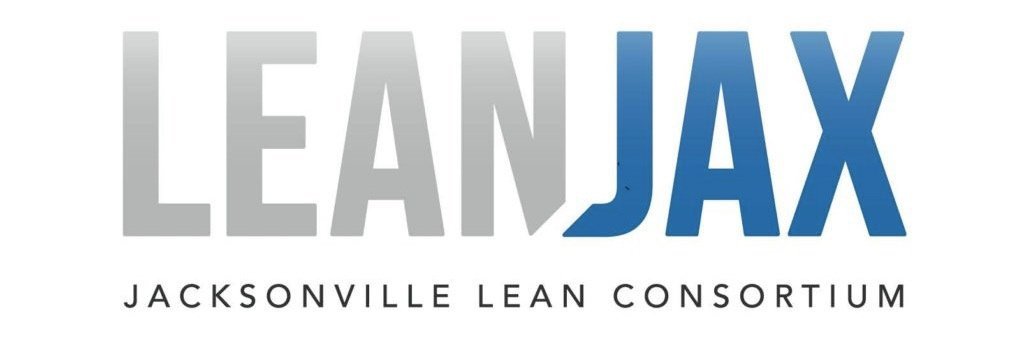Training Details
🗓️ Date: June 5, 2025
⏰ Time: 8:30-Noon
❇️ Location: TBD & Via Zoom
💵 Cost: Free for Lean Jax Members; $75 for Non-Members
Training Overview
☑️ Join Lean Jax on June 5 for Part II of our A3 Problem-Solving and Root Cause Analysis virtual training workshop (this may become a hybrid session)!
Learning Objectives
Upon completing this training, participants will be able to:
✅ Test Root Causes through Logical Reasoning: Apply logical reasoning techniques to validate and confirm identified root causes effectively.
✅ Identify and Categorize Countermeasures: Recognize various types of countermeasures and provide relevant examples that effectively address root causes and promote continuous improvement.
✅ Enhance Problem-Solving Prowess: Apply creative techniques such as brainstorming and CEDAC to generate a diverse range of countermeasures for identified issues.
✅ Utilize Analytical Tools: Leverage tools like FMEA, Pareto analysis, and cost/benefit analysis to evaluate and prioritize countermeasures based on their impact and feasibility.
✅ Implement Decision-Making Techniques: Use dot voting and consensus-building strategies to collaboratively select the most effective countermeasures for implementation.
✅ Integrate Lean Methods: Apply Lean methods (Kaizen bursts) that can address a problem at its’ root cause.
✅ Execute A3 Plans and Control Mechanisms: Develop and implement A3 plans that detail selected countermeasures and outline clear steps for execution and monitoring to ensure sustained improvements.
✅ Complete A3 Reports: Gain the knowledge and skills to create and finalize their own A3 reports to improve how work is done in their organization
Training Outline
Review of Part I: Recap key concepts and participant reflections; Sharing insights and applications since the last session.
Testing Root Causes through Logical Reasoning: Techniques for validating root causes; Group exercise: Analyzing a case study.
Understanding Countermeasures: The role of countermeasures in addressing root causes and bridging gaps to target conditions; Discussion on preventing recurrence and facilitating progress.
Incorporating Lean Methods: Overview of key Lean methods (Kaizen bursts) toserve as countermeasures.
Generating and Prioritizing Countermeasures: Techniques for brainstorming (traditional brainstorming, brain-writing, CEDAC); Methods for prioritizing (Pareto Analysis, FMEA, Countermeasures Matrix) while balancing risk, cost, and impact.
Aligning Countermeasures with Target Conditions: Ensuring selected countermeasures address identified gaps; Examples of successful alignment leading to measurable improvements; Brain-writing exercise to apply countermeasure generation and prioritization.
Formulating A3 Improvement Plans: Guidance on developing A3 plans with incorporated countermeasures; Assign responsibilities, resources, and target completion dates.
Control Phase: Attaining stability (bridge the gap), deploy control mechanisms to make improvements stick.
Overview of A3 Assignment: Instructions for creating an A3 for a current work issue; Tips for selecting relevant problems and completing the A3.
Workshop Summary and Next Steps: Recap key learnings and actionable steps; Q&A session and closing remarks.







